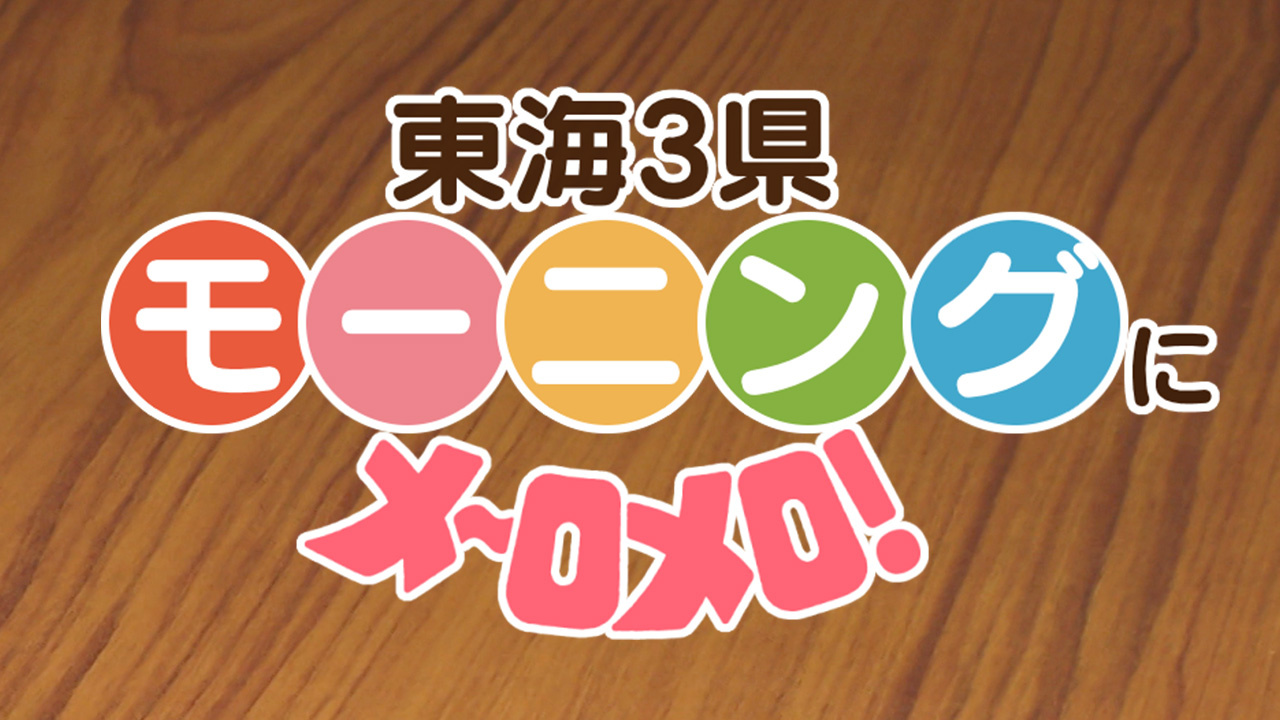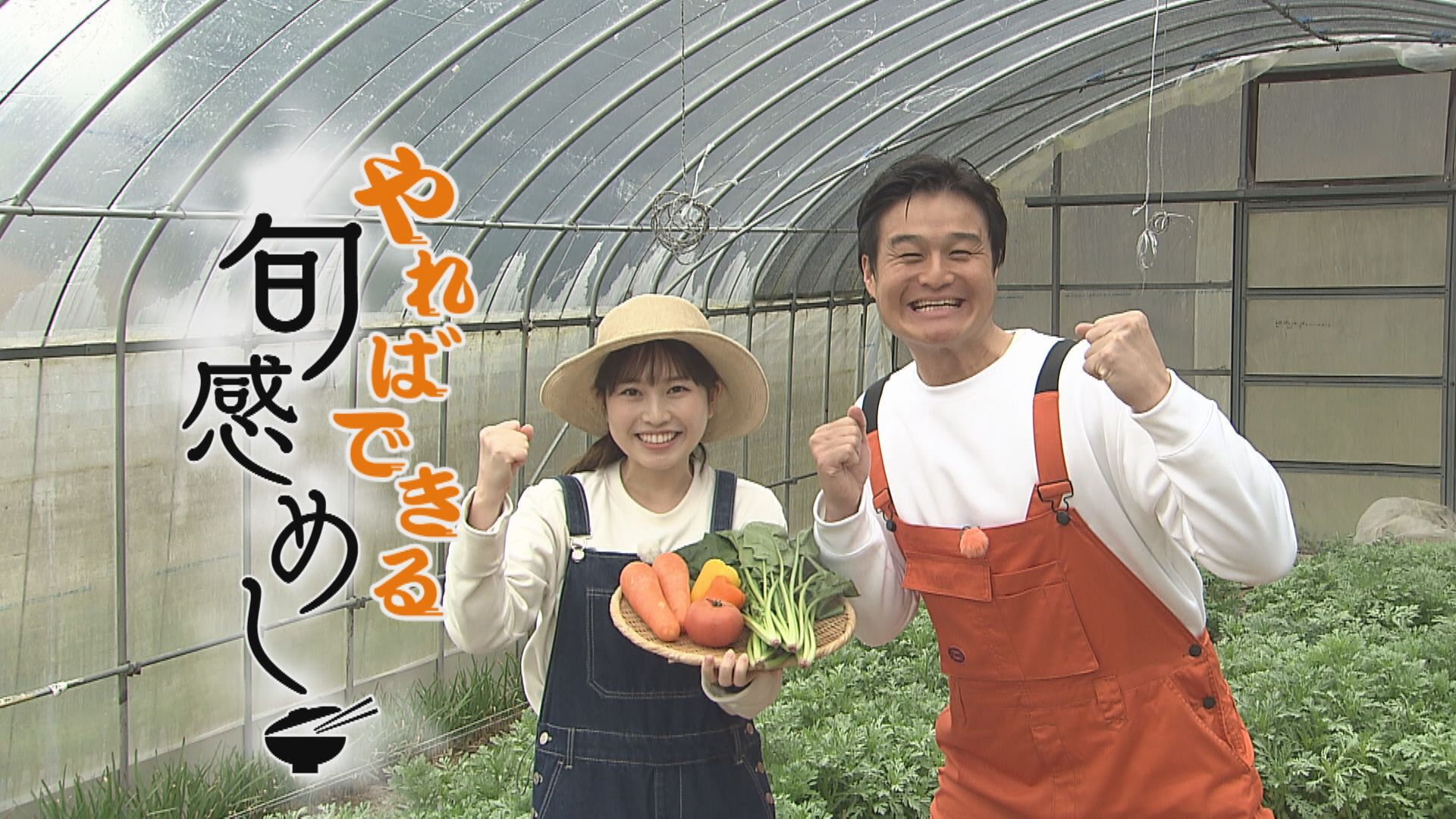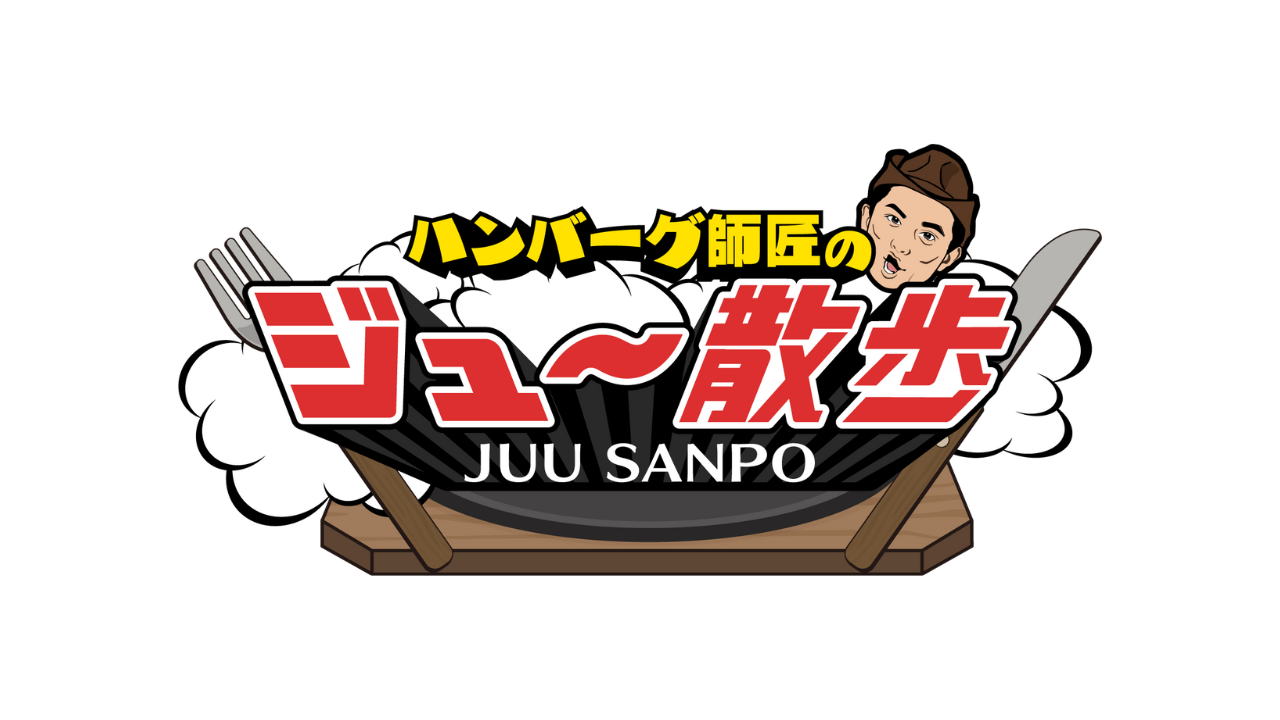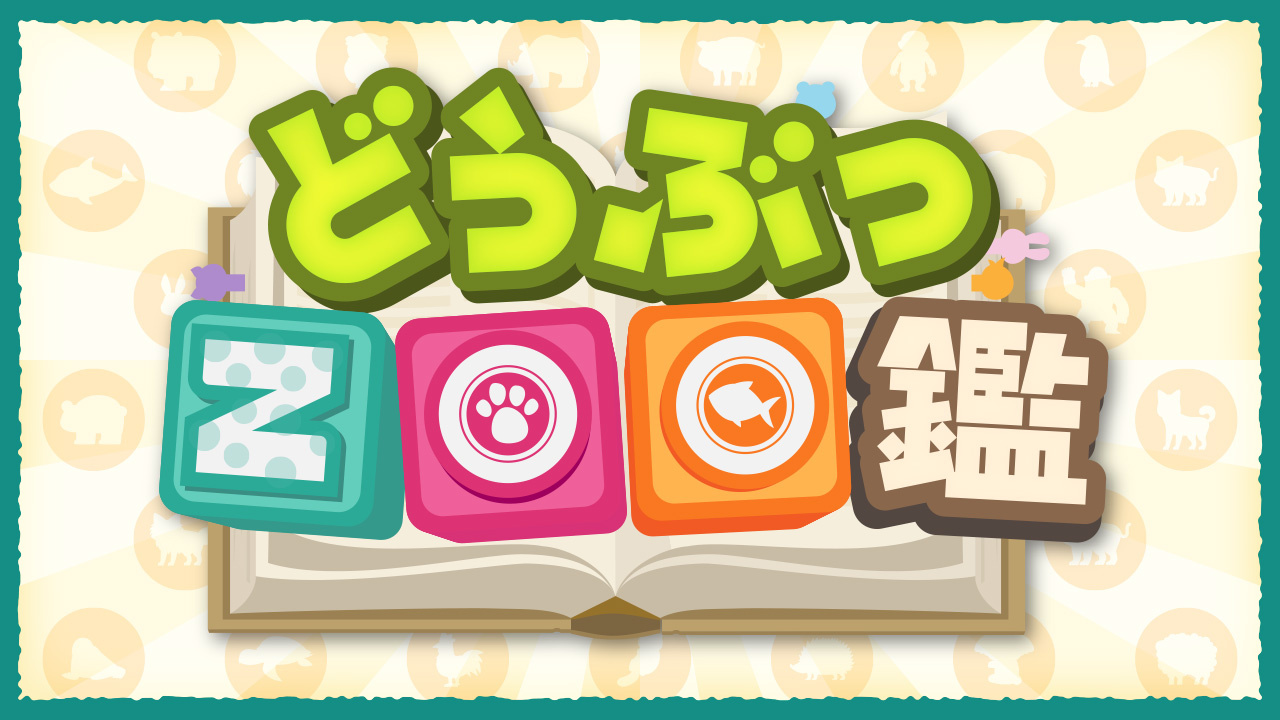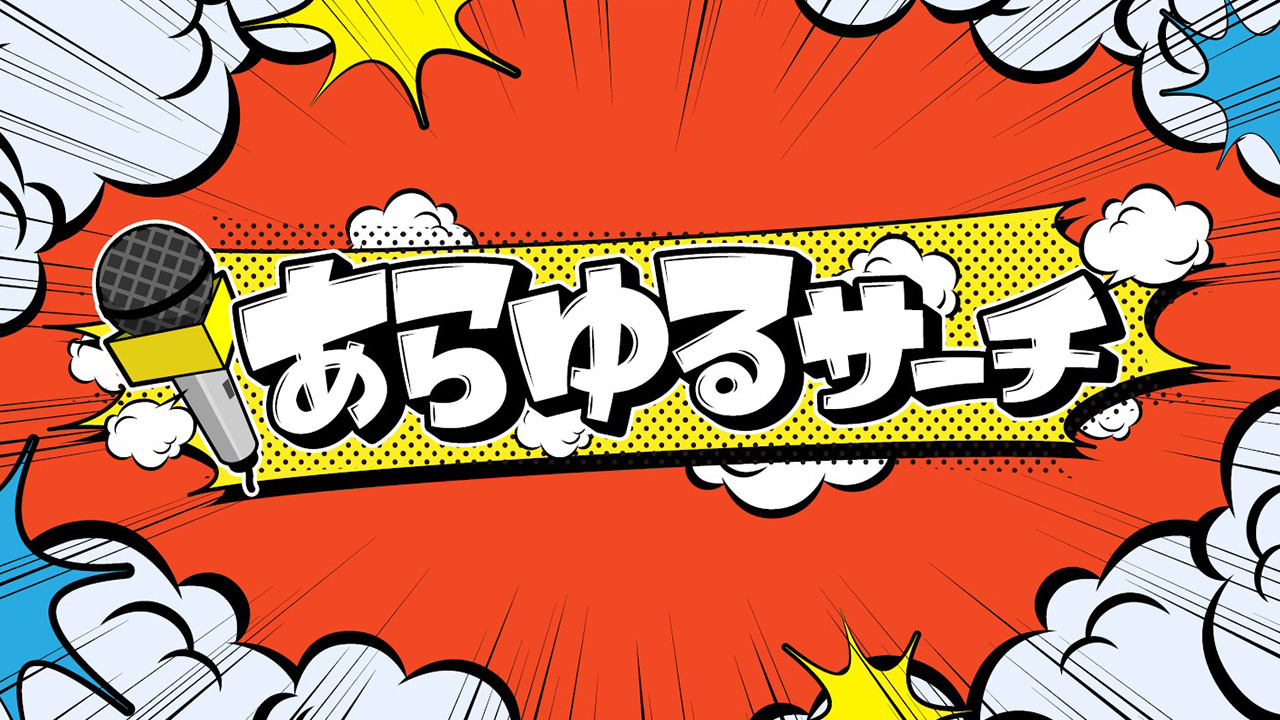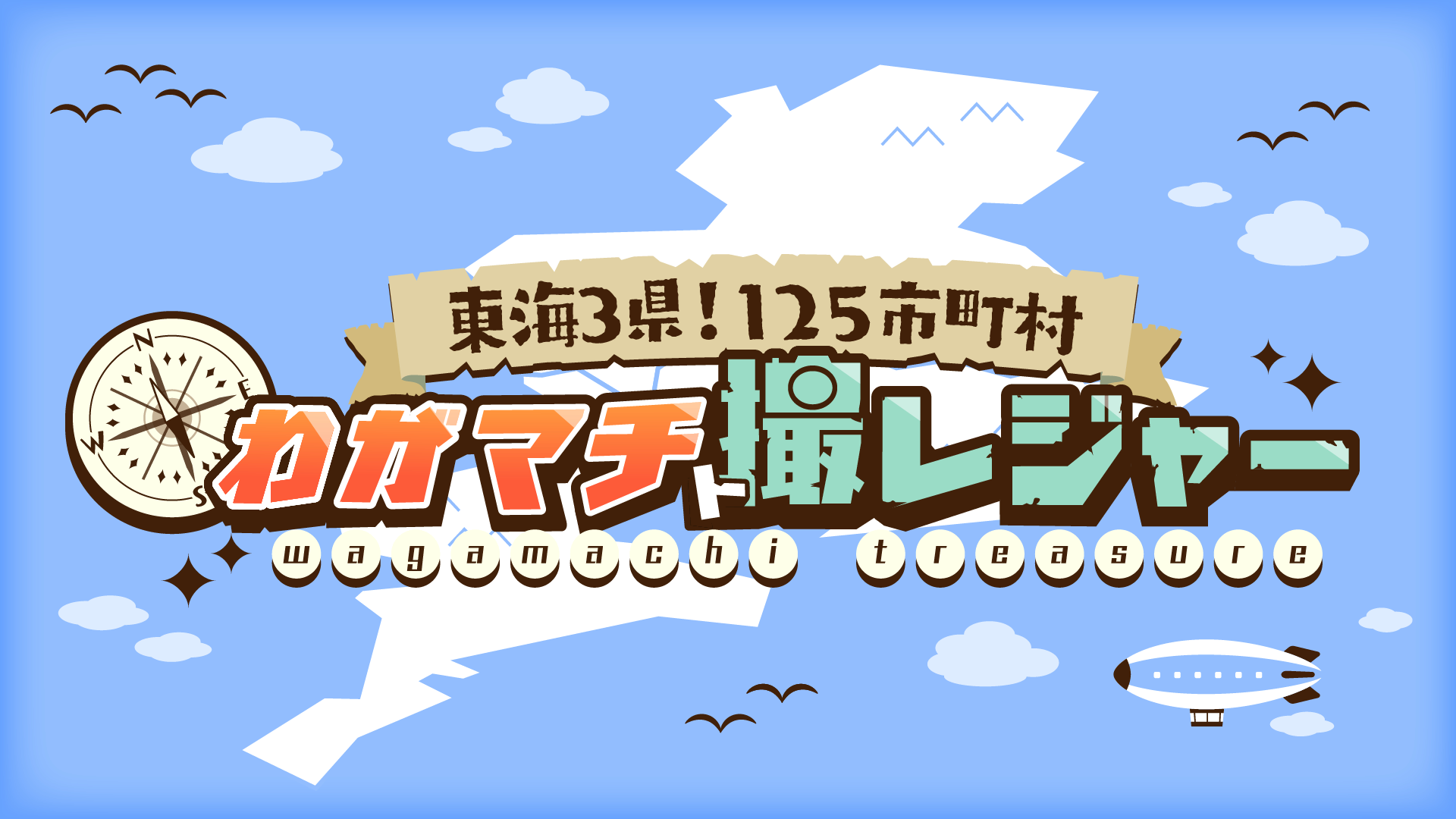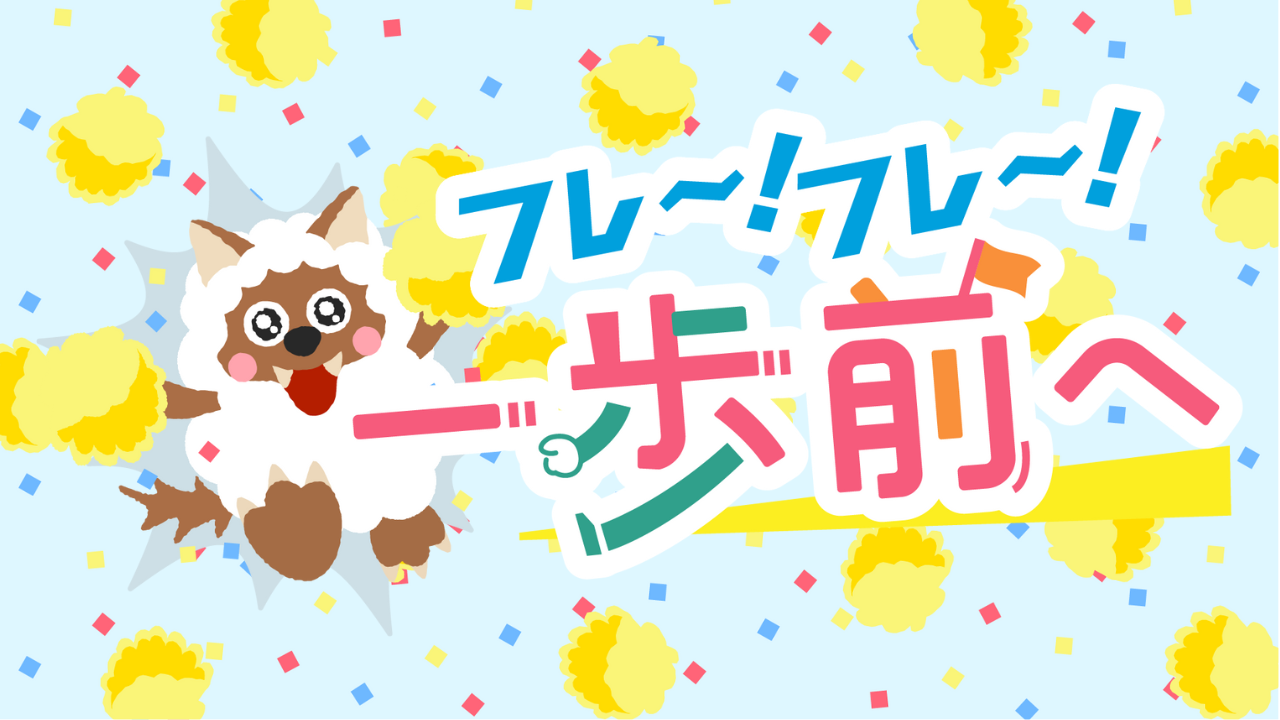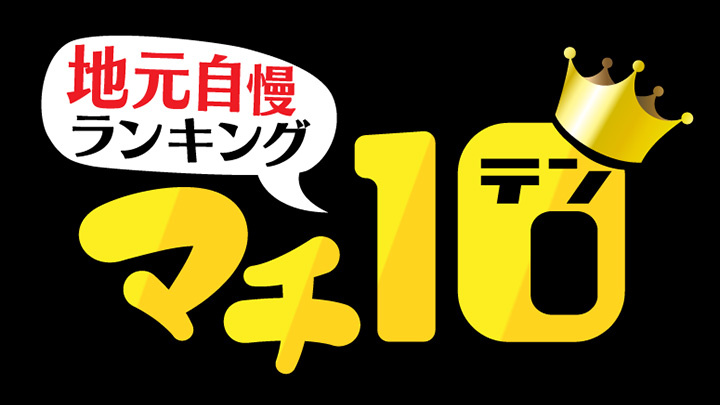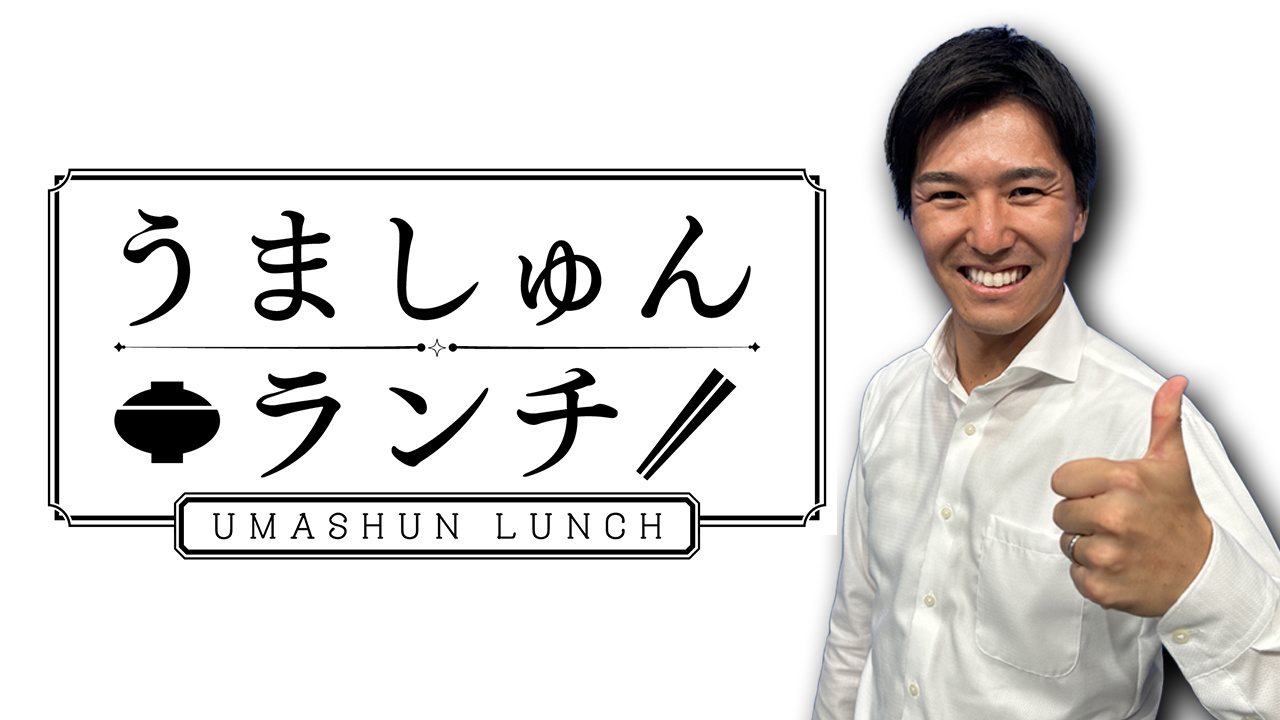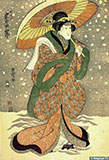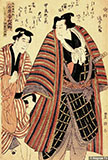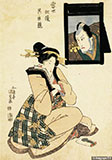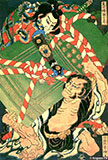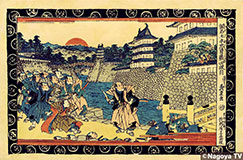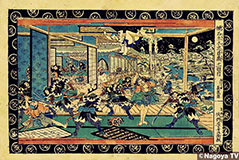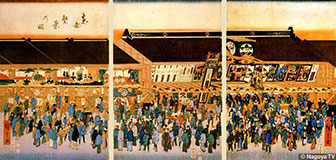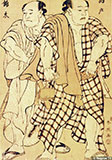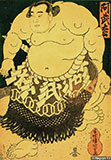作品一覧 歌舞伎・相撲
Kabuki & Sumo
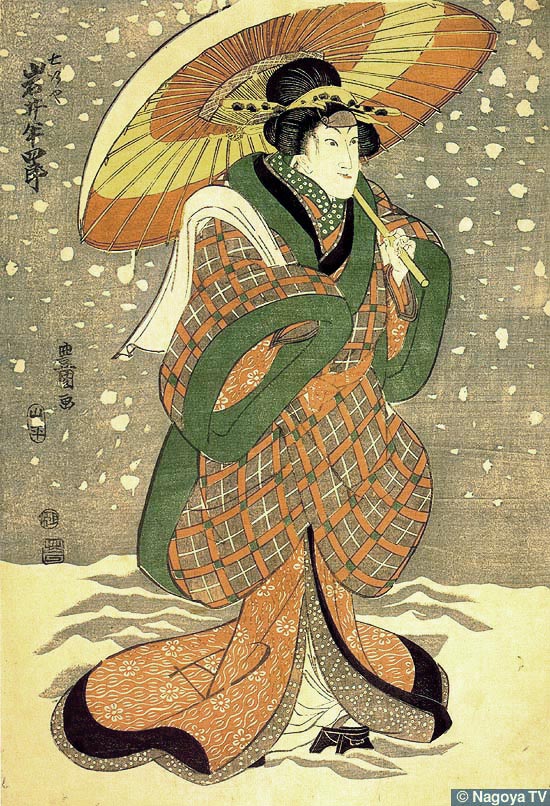
五世岩井半四郎の七あや 歌川豊国(うたがわとよくに 1769-1825)
Iwai Hanshiro VI as Nanaaya Utagawa, Toyokuni (1769-1825)
降り来る雪の中での場面を演じる岩井半四郎の舞台上の姿。役者絵は美人画と並んで浮世絵版画の最も重要なジャンルであった。
The actor, Iwai Hanshiro, is shown on stage in a scene where snow is falling. Along with prints of beautiful women, prints of actors were one of the most important genres of Ukiyo-e.
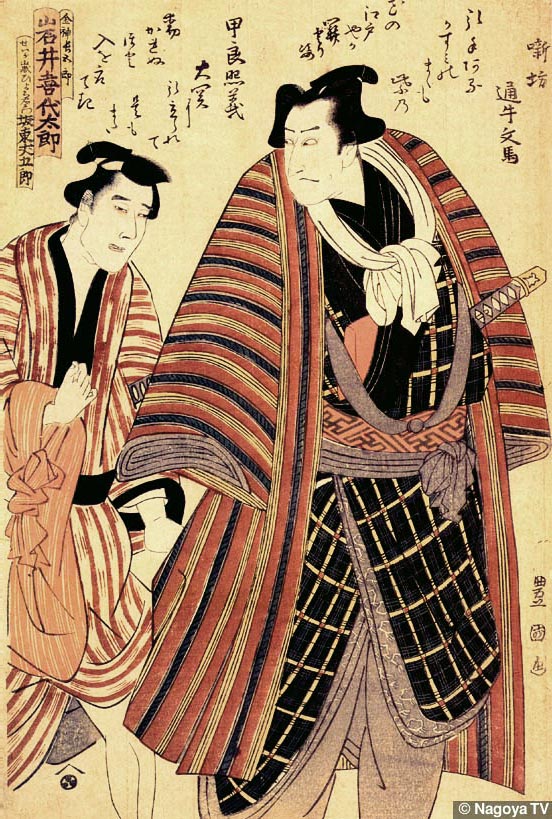
初世岩井喜代太郎の金神長五郎と坂東丈五郎のせいが嶽ひょう右衛門 歌川豊国(うたがわとよくに 1769-1825)
The actor Iwai Kiyotaro I and his attendant Utagawa, Toyokuni (1769-1825)
関取の姿も浮世絵の好題材であった。浮世絵版画は今の週刊誌やワイドショー的な存在であり、人気者の姿を提供してくれる唯一の手段であった。
Sumo Wrestlers were also a popular subject matter in Ukiyo-e. Ukiyo-e prints served as the equivalent of current weekly magazines and television entertainment, being the only source for providing images of popular stars.
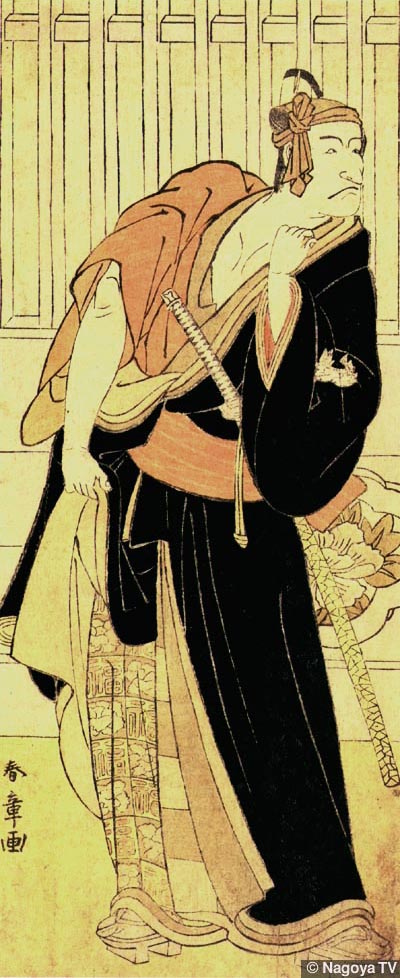
五世市川団十郎の助六 勝川春章(かつかわしゅんしょう 1726-1792)
Ichikawa Danjuro VI in Sukeroku Katsukawa, Shunsho (1726-1792)
当時の人は、役者絵に役者名がなくとも、紋所や似顔表現によって、誰かが分かった。本図の作者勝川春章は、役者絵に似顔絵を導入した人物。
Even if the actor's name in the print was not written, people during the Edo period were able to tell who it was by their crest or the representation of the portraiture. The artist of this print, Katsukawa Shunsho, was accredited with introducing portraiture into actor prints.
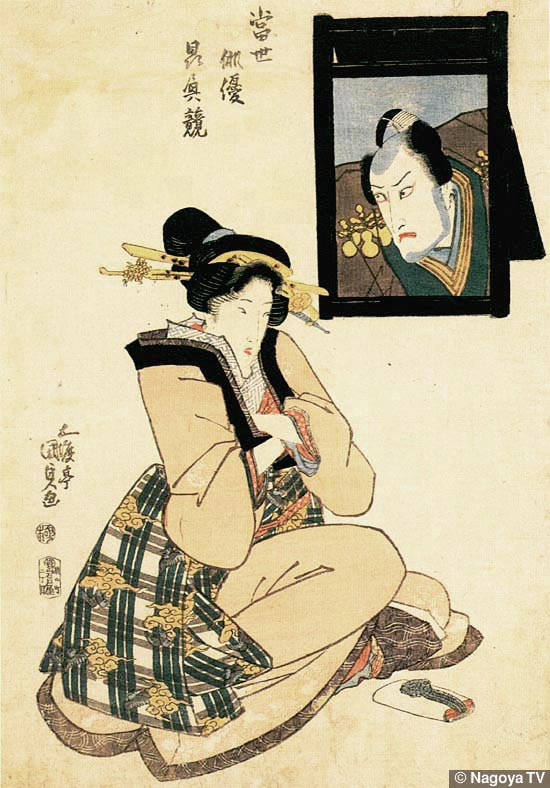
当世俳優贔屓鏡 七世市川団十郎 歌川国貞(うたがわくにさだ 1786-1864)
Ichikawa Danjuro VII: from the series "Favorite modern actors" Utagawa, Kunisada (1786-1864)
団十郎が黒い枠の中に描かれる。人気の役者が死亡したときに追悼のために出版される死絵(しにえ)である。
The actor, Danjuro, is being depicted inside a black frame. It is a shini-e, or death picture, published in memorial when a popular actor dies.

鬼児嶋弥太郎と西法院赤坊主 葛飾北斎(かつしかほくさい ?-1849)
Battle between two warriors Katsushika, Hokusai (?-1849)
二人の武者が釣り鐘をめぐって争う。両者はむりやり四角い画面の中に押し込められたようだ。めくるめく色彩効果ともども、北斎ならではの作。
Two warriors fighting over a temple bell. Both seem to have been forcibly squeezed into this rectangular frame. Including the effect of the radiant colors, this is none but of the work of Hokusai.
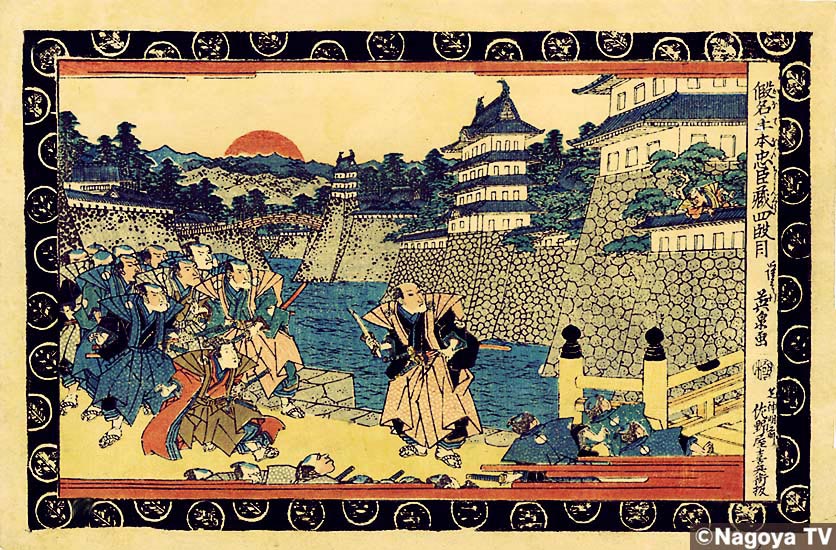
忠臣蔵-判官切腹 溪斎英泉(けいさいえいせん 1791-1848)
Harakiri of the Chushingura Keisai, Eisen (1791-1848)
忠臣蔵は、歌舞伎の最も重要な演題である。主の敵討ちをすることを決意した裃姿の大星由良之助(おおぼしゆらのすけ=大石蔵之助に擬す)。
Chushingura serves as the most important subject in Kabuki. It is Oboshi, Yuranosuke (representing Oishi, Kuranosuke) in the ceremonial dress, who has vowed to get revenge for his master.
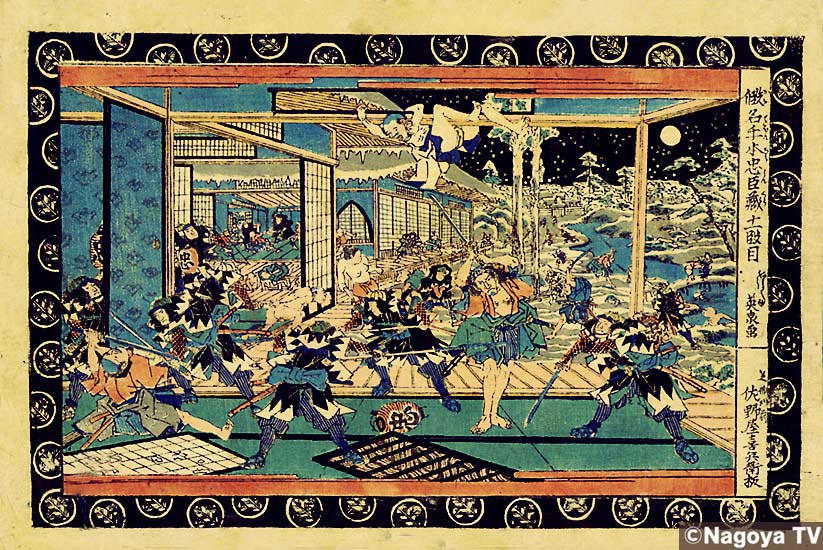
忠臣蔵-討入 溪斎英泉(けいさいえいせん 1791-1848)
The raid of the Chushingura Keisai, Eisen (1791-1848)
師直屋敷に討ち入った大星一味は本懐を達成して主君の菩提所光明寺へ引き上げる。図は、雪の夜の討ち入りの場面である。
Oboshi and his clan raid the Moronao mansion, accomplishing their long-cherished ambition, and then withdraw to their lord's family temple, Komyo-ji. The print is of the attack scene in a snowy night.
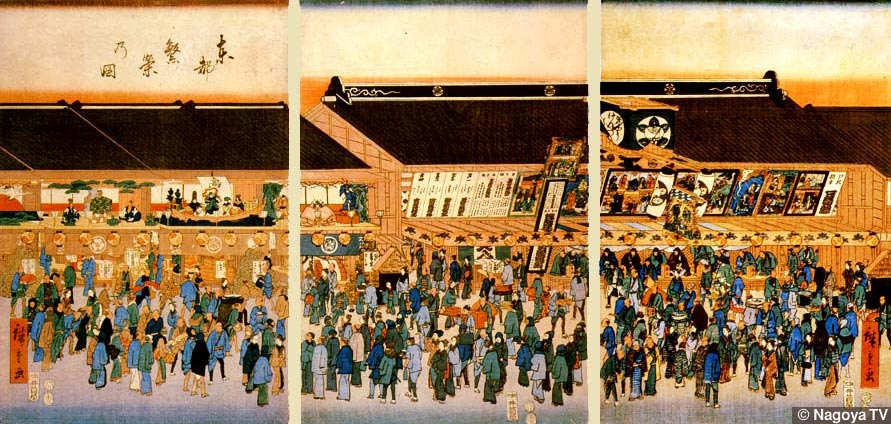
東都繁栄の図 市村座 歌川広重(うたがわひろしげ 1797-1858)
Ichimuraza theater Utagawa, Hiroshige (1797-1858)
かつての芝居小屋の盛況ぶりがしのばれる図である。今のディズニーランドのようだ。堂々とした立派な構えの市村座の雰囲気をよく伝える。
A print depicting the thriving activity at theaters during the Edo period. It was like Disney Land today. The atmosphere of the grand and magnificent Ichimuraza Theater is well portrayed.
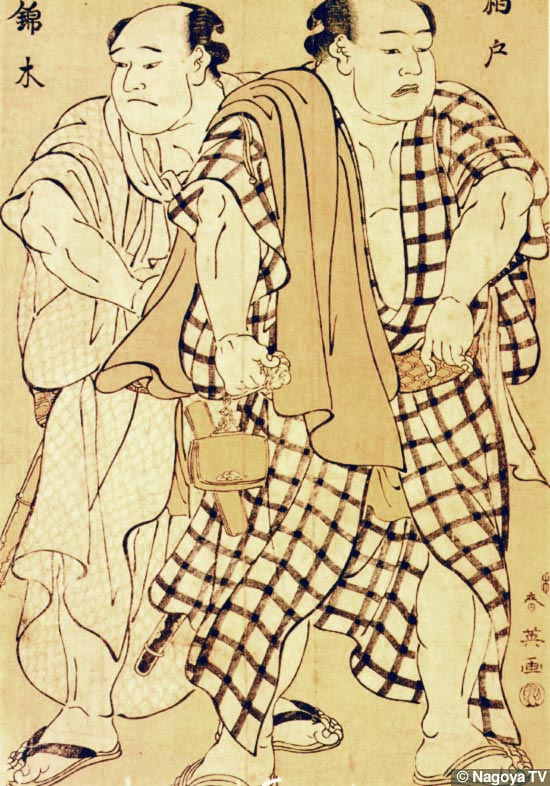
柏戸・錦木 勝川春英(かつかわしゅんえい 1762-1819)
The sumo westlers Kashiwado and Nishikigi Katsukawa, Shun-ei (1762-1819)
江戸時代には、相撲が人々の大きな楽しみであった。今日のサッカーやプロ野球を考えればよいであろう。
Sumo wrestling was a popular amusement for the people during the Edo period. It was the equivalent to soccer or baseball today.
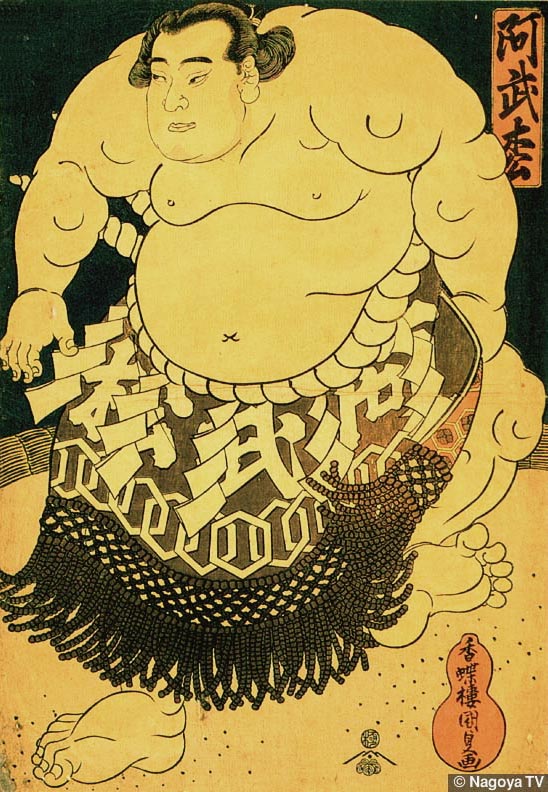
阿武松 歌川国貞(うたがわくにさだ 1786-1864)
The sumo wrestler Ounomatsu Utagawa, Kunisada (1786-1864)
画面一杯に描かれる力士は、迫力に満ちている。腕の力こぶは、この関取が怪力であったことを想像させてくれる。
The sumo wrestler, completely filling the entire print, is overflowing with strenght. The muscular arms helps us imagine that this high-ranking wrestler must have possessed prodigious strength.




